Oakland’s Historic Tribune Tower and the Renegade Artist Who Keeps It Glowing
Inside one of the Bay Area’s most iconic buildings.
The artist John Law on the Tribune Tower’s copper roof. (Photo: Tod Seelie)
The Tribune Tower is an anomaly, a collection of clashing styles and rare, bizarre architectural features: a copper sheeting roof, 12-foot-high wraparound neon letters, and, rarest of all, a clock with both neon numerals and neon hands. It’s a mysterious building, in its way, and so it’s fitting that it’s lingered in the background of John Law’s life for years.
“It’s the coolest building in the Bay Area,” he says. “It’s the the iconic building of Oakland.”
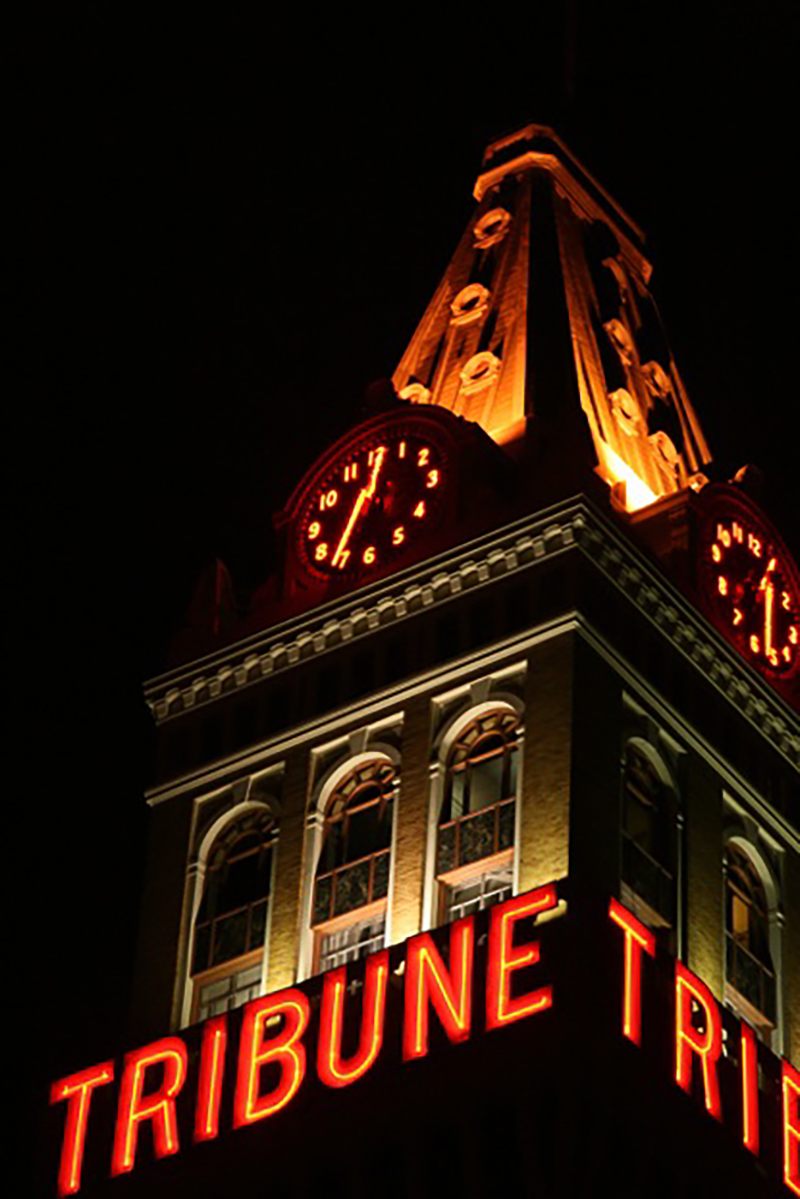
The Tribune Tower by night. (Photo: John Law)
Law is an icon too, a Bay Area artist and culture jammer. He’s the co-founder of the Cacophony Society, a group of socially-minded, trespassing art pranksters. He’s also a member of the late, legendary Suicide Club, founded in 1977 to, as Law puts it, “create unique events and explore off-limits places.” And he’s a co-founder of the now-enormously popular Burning Man Festival, which evolved out of the spirit of the Cacophony Society.

A view overlooking Oakland, CA from the very top of the Tribune Tower. (Photo: Tod Seelie)
The Tribune Tower was first built in 1906, its tower erected in 1923 added 16 stories to bring the total building height to just over 300 feet. When it became the home of the Oakland Tribune in 1924, most Americans hadn’t heard of it until later that year, when magician Harry Houdini demonstrated his death-defying skills dangling from its ninth-floor building wearing his trademark straitjacket. (He escaped in just five seconds.)

John Law and Oakland artist Monica Canilao on the top of the Tribune Tower. (Photo: Tod Seelie)
The building was declared a city landmark on May 4, 1976. At various times, it’s flown a flag with the word, “THERE” emblazoned upon it, a send-up of Gertrude Stein’s comment that in Oakland “there is no there there.”
But the Tower was badly damaged in the 1989 Loma Prieta earthquake, which forced the Tribune to relocate to new offices. The city planned to demolish it, but never got around to it. It sat empty until 1996, when John Protopappas purchased it for $300,000.

As the building went through its near-death and rebirth, Law became the in-house steward of the iconic neon sign and clock that have become a symbol of Oakland.
Law began working for the American Neon Sign Company in the ‘80s, a family business during the Depression founded by “old school neon service men,” as he puts it. He was quickly popular with his older co-workers, as he had an affinity for working in extreme heights, often suspended from a bosun’s chair. He watched in dismay while the building was damaged in the earthquake, then fell into disarray and was vandalized. One late night in 1996, as he was driving by, he noticed that after seven years, one side of the tower’s sign had been re-lit.
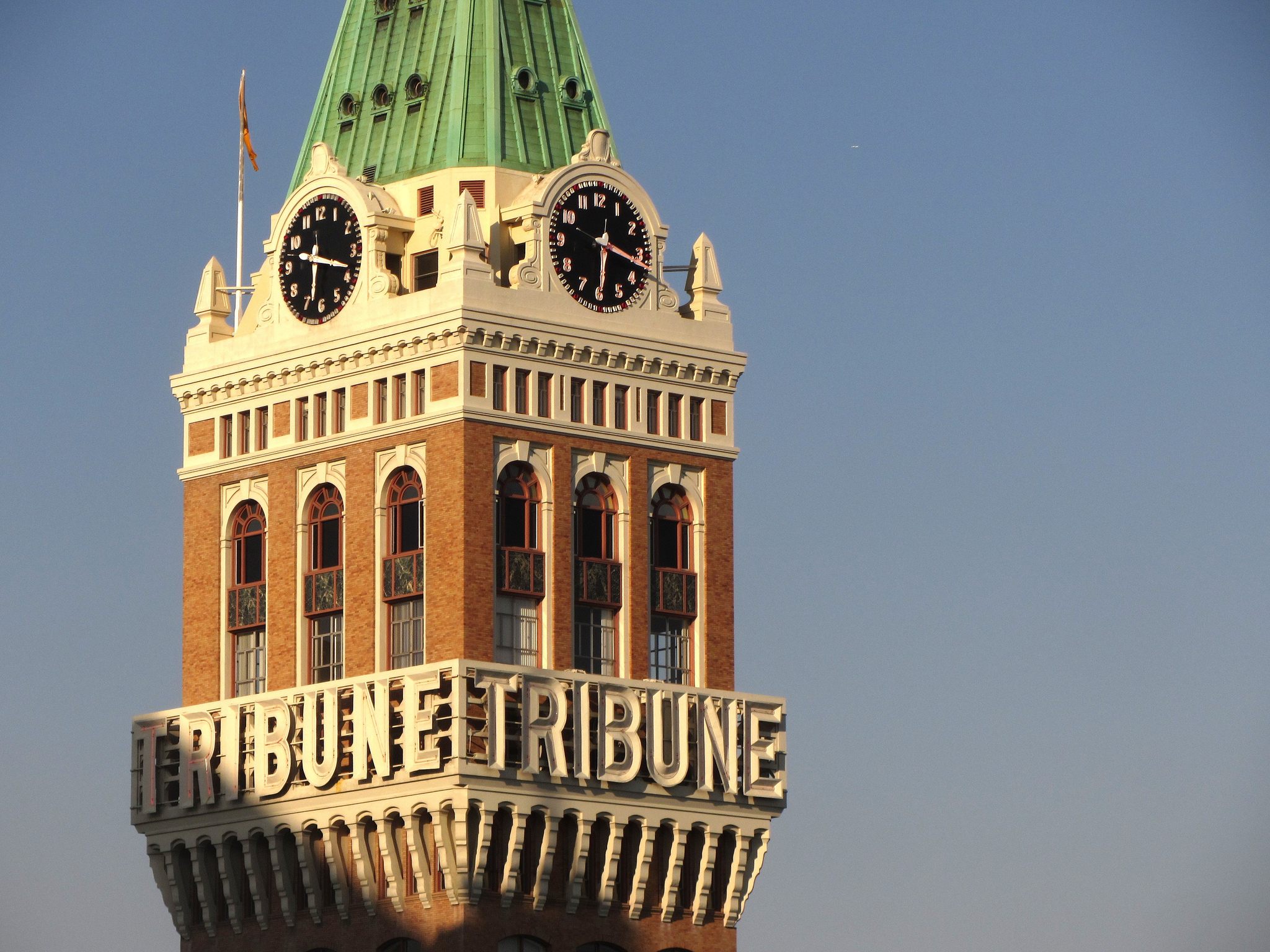
The top of the Tribune Tower. (Photo: Victor R. Ruiz/CC BY-SA 2.0)

A view overlooking Oakland, CA from the very top of the Tribune Tower. (Photo: Tod Seelie)
“I was so excited I drove right over,” he says, to what was then a fairly dangerous part of downtown Oakland. He found a “group of men in suits,” he says. “Just very odd.”
Law banged on the tower’s locked doors and demanded to know what was going on. He told the suited men he was the last man to work on the tower’s neon. He was eventually able to learn—through a construction manager working for the new owner—that the building’s facade was being restored for a Clint Eastwood movie, Bloodwork.

The view adjacent to the back of the clock on the Tribune Tower. (Photo: Tod Seelie)
For Law, it was his chance to return to the tower. He underbid another sign company to get the job of maintaining the sign, and with the help of two artist friends (Deb Lee and Kevin Binkert), painstakingly restored both the sign and the clock.
“I love neon,” he says. “No other light has the same quality. It is not a science. It’s more like alchemy.” A ten-year coating of dust, for example, is going to make the load on a sign different, changing the quality of its light.
“Working with neon is more intuitive,” he says. “Especially with older signs. They are like cranky old humans, the more you know how to finesse them the better they respond.”
These days Law can be found in a small office full of curiosities in the very top floor of the tower, where he keeps an eye on the glowing icon of Oakland.

The view from inside the suite at the very top of the Tribune Tower. (Photo: Tod Seelie)

Looking down while walking the tiny roof gutter ledge of the Tribune Tower. (Photo: Tod Seelie)

A view of downtown Oakland from the Tribune Tower. (Photo: Tod Seelie)


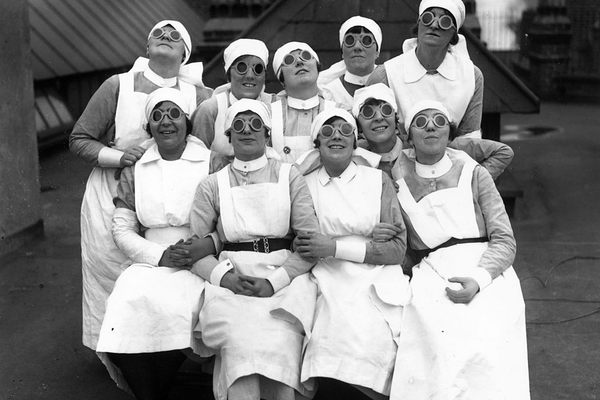
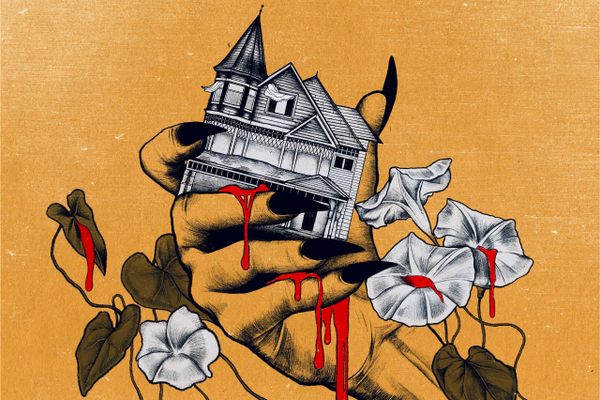

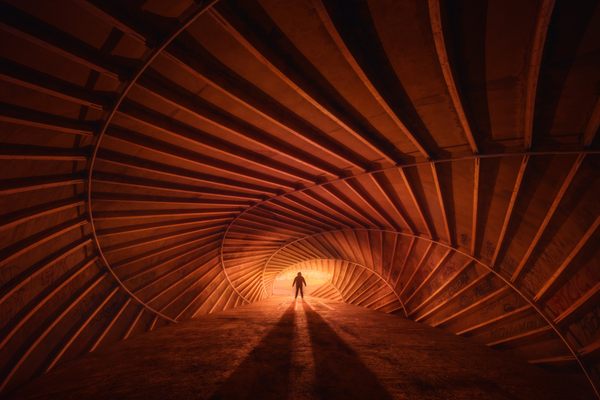




Follow us on Twitter to get the latest on the world's hidden wonders.
Like us on Facebook to get the latest on the world's hidden wonders.
Follow us on Twitter Like us on Facebook